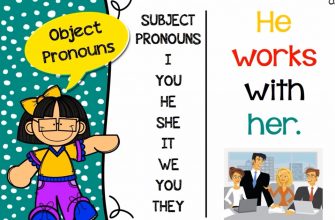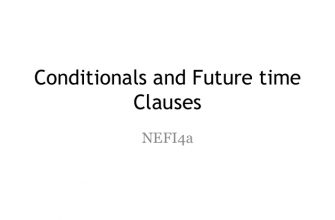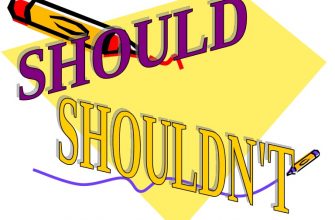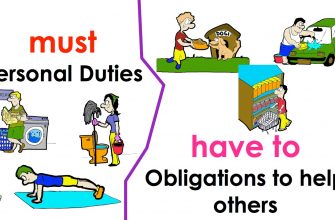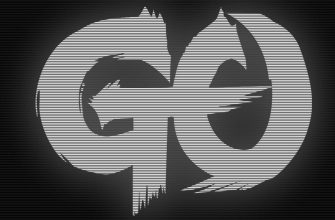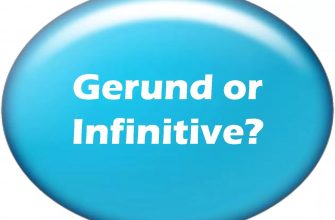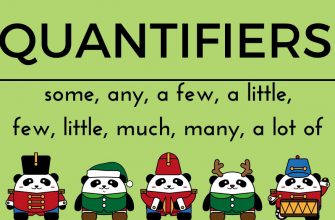Contents
What’s the difference?
Present Simple and Present Continuous
| Present Simple | Present Continuous |
| Things which are always true: – Water boils at 100 degrees. | Things which are happening at the moment of speaking: – The water is boiling now, so you can put in the pasta. |
| Permanent situations (or nearly permanent; true for a few years at least): – Julie lives in London. | Temporary situations: – Julie is living in Paris for a few months (usually she lives in London). Situations which are slowly changing: – I‘m getting better and better at speaking English. |
| Habits or things we do regularly: – I drink coffee every morning. | Temporary or new habits: – I‘m drinking too much coffee these days because I’m so busy at work. Annoying habits (usually with ‘always’): – My flatmate is always leaving the kitchen in a mess! |
| Future events which are part of a timetable: – My plane leaves at eight tonight. To talk about the future after certain words (‘when’ ‘until’ ‘after’ ‘before’ ‘as soon as’): – I’ll call you when I get home. | Definite future plans: – I‘m meeting John after class today. |
| To talk about what happens in books, plays and films: – At the end of the book, the detective catches the killer. | To talk about people in pictures and photos: – In this photo, my mother is walking beside a lake. |
Remember:
We use the present simple with stative verbs. We can’t use any continuous tense (including the present continuous tense, of course) with stative verbs.

